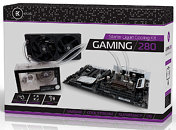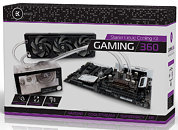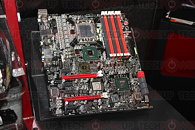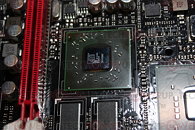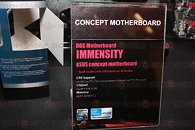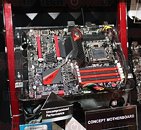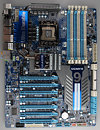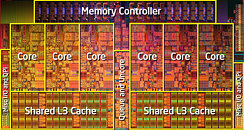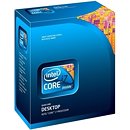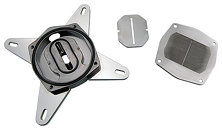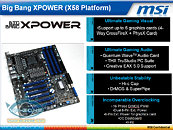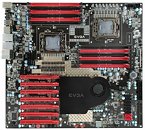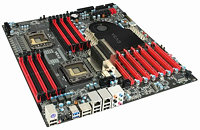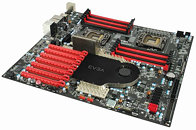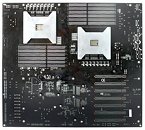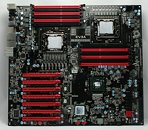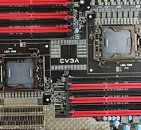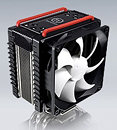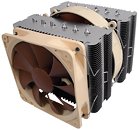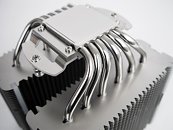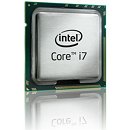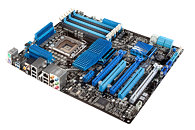
EK is Releasing New Gaming Series Kits
EK Water Blocks, Ljubljana based premium water cooling gear manufacturer, is excited to introduce a new line of EK Kits. Gaming Series kits or in short G Kits are a great choice for every liquid cooling beginner and users want to take advantage of their 5.25" bays.
The G kits are EK's fifth lineup of kits, joining the existing Slim, Liquid, Performance and Xtreme Series. Gaming kits come in three different versions, where the size of the radiator and number of fans is the only difference between them. As with all other EK kits, G series kits are named after the radiator size that comes with each kit. Hance, EK-KIT G240, EK-KIT G280 and EK-KIT G360.
The G kits are EK's fifth lineup of kits, joining the existing Slim, Liquid, Performance and Xtreme Series. Gaming kits come in three different versions, where the size of the radiator and number of fans is the only difference between them. As with all other EK kits, G series kits are named after the radiator size that comes with each kit. Hance, EK-KIT G240, EK-KIT G280 and EK-KIT G360.

